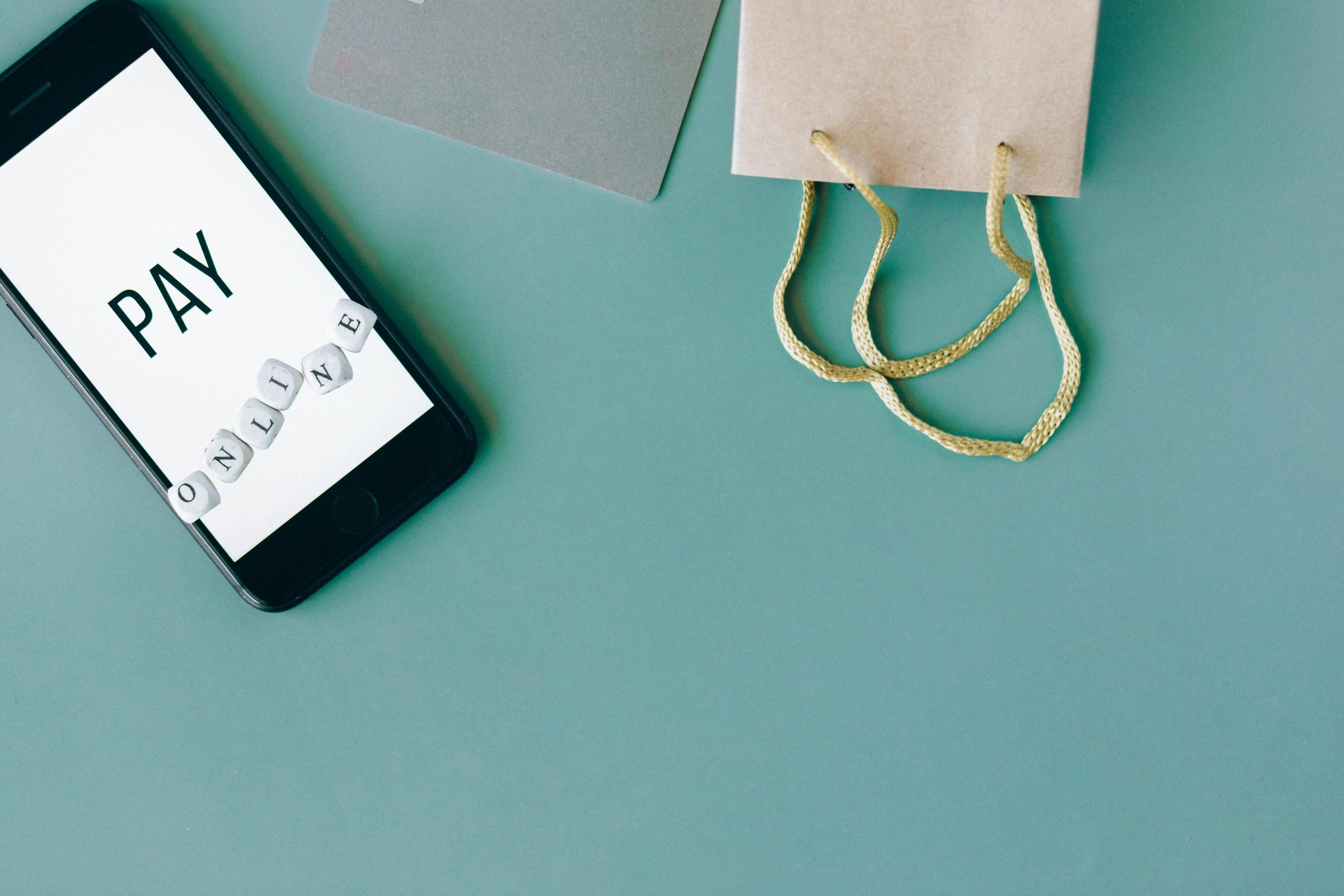Common Impulse Buying Mistakes and How to Avoid Them
Welcome to the world of impulse buying, where decisions are made in the blink of an eye and regret follows shortly after. We’ve all been there, standing in line at the supermarket, scrolling through our social media feeds, or just browsing online when suddenly we see something that catches our eye. Before we know it, we’ve clicked “add to cart” or swiped our credit cards, and the item is on its way to our doorstep. But what happens next? The realization that we just made an impulse buy and now have something we don’t really need or want. In this article, we’ll explore some common impulse buying mistakes and share tips on how to avoid them. So, before you hit that checkout button, keep reading.
The Allure of Impulse Buying
It’s no secret that businesses use various tactics to get us to buy things we don’t necessarily need. From flashy advertisements to limited time offers, the retail world is designed to entice us to make spontaneous purchases. And let’s be honest, it works. We’re surrounded by a culture of consumerism, where we’re constantly bombarded with messages that tell us we need the latest gadgets, trends, and products to be happy and fulfilled.
The Quick Fix Mentality
One of the main reasons we give in to impulse buying is the feeling of instant gratification. We see something we want, and we buy it to fulfill a desire or satisfy a need. In a world where we’re used to getting things on-demand, impulse buying fits right into our “quick fix” mentality. However, this instant gratification is temporary and often leads to buyer’s remorse once we realize the item was not a practical or necessary purchase.
The Halo Effect
Besides the lure of immediate satisfaction, another psychological factor that contributes to impulse buying is the “halo effect.” This cognitive bias leads us to believe that a product is of higher quality because of its attractive packaging or a clever marketing campaign. We’re drawn to products that are presented in a positive light, and we often make purchasing decisions based on emotions rather than logic. As a result, we end up with items that we don’t really need or live up to our expectations.
Common Impulse Buying Mistakes
Buying Just Because It’s On Sale
We’ve all been guilty of this at one point or another – seeing something on sale and thinking, “I can’t pass up this deal!” While discounts can be great for our wallets, they can also lead us to buy things we either don’t need or weren’t planning on buying in the first place. Before you add that discounted item to your cart, ask yourself if you would have bought it at full price. If the answer is no, chances are you don’t really need it.
Not Doing Your Research
With the rise of e-commerce, it’s never been easier to make quick purchases online. We often rely on product reviews and ratings to make buying decisions, but sometimes these can be misleading. Without doing thorough research, we may end up with a product that doesn’t meet our expectations or isn’t worth the price we paid. Take the time to research the product and consider if it fits your needs and budget before making an impulse buy.
Not Considering Alternatives
The internet is full of tempting offers, and it’s easy to fall into the trap of thinking that what we see is the only option. When we have our sights set on a particular item, we may overlook similar or even better alternatives that could save us money or better suit our needs. Before making a purchase, take a step back and consider if there are other options that could be a better fit for you. Don’t limit yourself to what’s in front of you, explore different options and make a more informed decision.
How to Avoid Impulse Buying
Stick to a Budget
Creating and sticking to a budget can help you avoid impulse buying. Decide on a monthly budget for discretionary spending and allocate a specific amount for impulse buys. This way, you can indulge in the occasional spontaneous purchase without feeling guilty or derailing your financial goals.
Make a List and Stick to It
Whether you’re shopping at the store or browsing online, make a list of what you need before starting. Stick to the list and avoid browsing aimlessly, as this can lead to impulse purchases. If you happen to see something you want that’s not on the list, take a moment to think if it’s something you really need or can come back to later.
Wait Before You Buy
Before making an impulsive purchase, give yourself a cooling-off period. This can range from a few hours to a few days, depending on the urgency of the purchase. During this time, ask yourself if you really need the item and if it fits within your budget. You may find that the desire to buy passes, and you’ll be glad you didn’t make the purchase.
In conclusion, impulse buying can be a costly and regretful habit, but it’s one that can be overcome with awareness and mindful decision-making. By understanding the allure and pitfalls of impulsivity and implementing these tips, you can avoid falling prey to common impulse buying mistakes and make wiser purchasing choices in the future.










